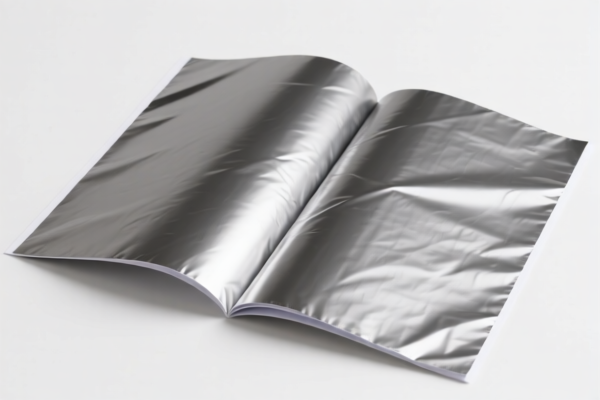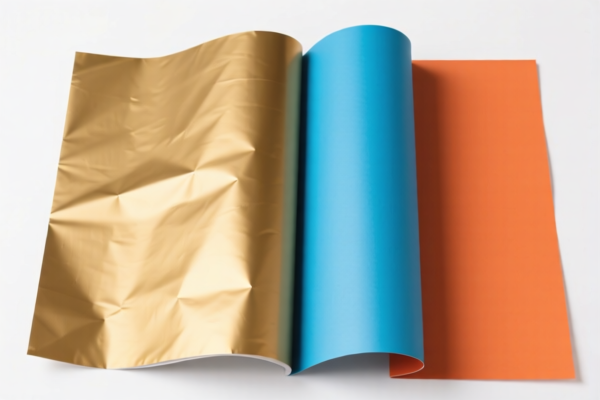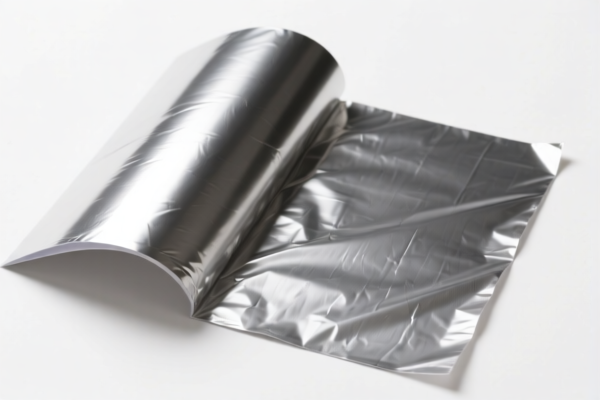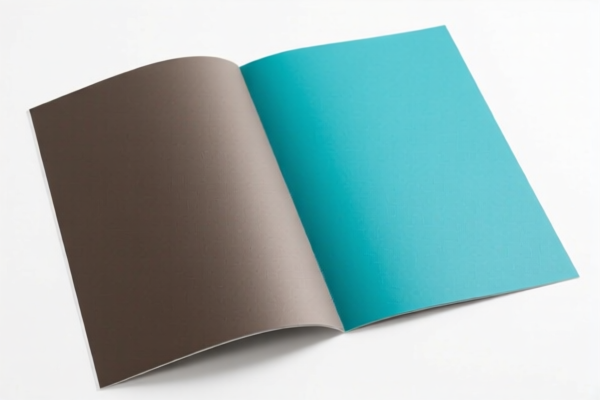| HS Code | Official Doc | Tariff Rate | Origin | Destination | Effective Date |
|---|---|---|---|---|---|
| 6805100000 | Doc | 55.0% | CN | US | 2025-05-12 |
| 6805305000 | Doc | 55.0% | CN | US | 2025-05-12 |
| 6815994170 | Doc | 55.0% | CN | US | 2025-05-12 |
| 6815994110 | Doc | 55.0% | CN | US | 2025-05-12 |
| 8205517500 | Doc | 58.7% | CN | US | 2025-05-12 |
| 8206000000 | Doc | The rate of duty applicable to that article in the set subject t+30.0% | CN | US | 2025-05-12 |
| 8214909000 | Doc | 1.4¢ each + 3.2%+30.0% | CN | US | 2025-05-12 |
| 9605000000 | Doc | 38.1% | CN | US | 2025-05-12 |
| 9603294090 | Doc | 0.2¢ each + 7%+30.0% | CN | US | 2025-05-12 |
| 9603908050 | Doc | 65.3% | CN | US | 2025-05-12 |
| 6507000000 | Doc | 55.0% | CN | US | 2025-05-12 |
| 4823901000 | Doc | 55.0% | CN | US | 2025-05-12 |
| 4823907000 | Doc | 55.0% | CN | US | 2025-05-12 |
| 4821904000 | Doc | 55.0% | CN | US | 2025-05-12 |
| 4821902000 | Doc | 55.0% | CN | US | 2025-05-12 |
| 3926904000 | Doc | 32.8% | CN | US | 2025-05-12 |
| 3924104000 | Doc | 33.4% | CN | US | 2025-05-12 |
| 3924905650 | Doc | 40.9% | CN | US | 2025-05-12 |




Double-Sided Brush
A double-sided brush is a tool featuring a handle with two distinct brush heads, each designed for different applications or techniques. These brushes are commonly used in art, cosmetics, cleaning, and industrial applications.
Materials
Brush heads and handles can be constructed from a variety of materials:
- Bristles: Natural bristles (hog, sable, ox) offer softness and fluid retention, suitable for watercolor and delicate applications. Synthetic bristles (nylon, taklon) are durable, easy to clean, and work well with acrylics, oils, and other media.
- Handles: Wood, plastic, and metal are common handle materials. Wood provides a comfortable grip and classic aesthetic, while plastic is more affordable and water-resistant. Metal handles offer durability and precision.
Purpose & Function
The primary purpose of a double-sided brush is to provide versatility in a single tool, reducing the need for multiple brushes during a task. Each side typically serves a different function:
- Detail Work/Precision: One side often features fine, pointed bristles for intricate detailing, outlining, and small areas.
- Coverage/Blending: The other side commonly has a broader, flatter, or rounded bristle configuration for covering larger areas, blending colors, or applying base coats.
- Specific Media: Some double-sided brushes are designed for specific media, with each side optimized for different paint types, inks, or cleaning solutions.
Usage Scenarios
- Painting: Artists use double-sided brushes for watercolor, acrylic, oil, and gouache painting. One side might be used for fine lines and details, while the other is used for washes and broader strokes.
- Cosmetics: Makeup artists utilize double-sided brushes for applying foundation, blush, eyeshadow, and contour. One side might be for precise application, and the other for blending.
- Cleaning: Detail cleaning brushes are used for cleaning small parts, electronics, or intricate surfaces. One side may have stiffer bristles for scrubbing, and the other softer bristles for dusting.
- Industrial Applications: Used in manufacturing, model making, and other industrial tasks requiring precise application of coatings, adhesives, or cleaning agents.
Common Types
- Round/Liner Double-Sided Brush: One side is a fine round brush for detail work, the other a larger round brush for broader lines.
- Flat/Angle Double-Sided Brush: One side is a flat brush for washes and coverage, the other an angled brush for precise edges and lines.
- Detail/Wash Double-Sided Brush: Combines a very fine detail brush with a larger wash brush for comprehensive painting.
- Stippling/Blending Double-Sided Brush: Features a stippling brush for texture and a blending brush for smooth transitions.
- Cosmetic Foundation/Contour Brush: Designed for applying and blending foundation and contour products.
- Cleaning Detail Brush: Typically features a stiff bristle side for scrubbing and a softer bristle side for dusting.
Based on the provided information, “double sided brush” can be classified under the following HS codes:
-
9603294090: This HS code covers toothbrushes, shaving brushes, hair brushes, nail brushes, eyelash brushes and other toilet brushes for use on the person, including such brushes constituting parts of appliances. The subheading specifies “Other: Valued not over 40¢ each Other”. This is applicable if the brush is for personal use and its value is not over 40¢ each.
- Chapter 96: Miscellaneous manufactured articles.
- Heading 9603: Brooms, brushes (including brushes constituting parts of machines, appliances or vehicles), hand-operated mechanical floor sweepers, not motorized, mops and feather dusters; prepared knots and tufts for broom or brush making; paint pads and rollers; squeegees (other than roller squeegees).
- Subheading 960329: Toothbrushes, shaving brushes, hair brushes, nail brushes, eyelash brushes and other toilet brushes for use on the person, including such brushes constituting parts of appliances.
- Further Subheading 9603294090: Other: Valued not over 40¢ each Other.
-
9603908050: This HS code covers other brooms, brushes (including brushes constituting parts of machines, appliances or vehicles), hand-operated mechanical floor sweepers, not motorized, mops and feather dusters; prepared knots and tufts for broom or brush making; paint pads and rollers; squeegees (other than roller squeegees). The subheading specifies “Other: Other”. This is applicable if the brush is not for personal use or its value exceeds 40¢ each.
- Chapter 96: Miscellaneous manufactured articles.
- Heading 9603: Brooms, brushes (including brushes constituting parts of machines, appliances or vehicles), hand-operated mechanical floor sweepers, not motorized, mops and feather dusters; prepared knots and tufts for broom or brush making; paint pads and rollers; squeegees (other than roller squeegees).
- Subheading 960390: Other.
- Further Subheading 9603908050: Other: Other.
Regarding HS code 9603908050, please note that the tax rate includes a base tariff of 2.8% and an additional tariff of 7.5%, with a potential additional tariff of 25% for steel or aluminum products.
Customer Reviews
No reviews yet.